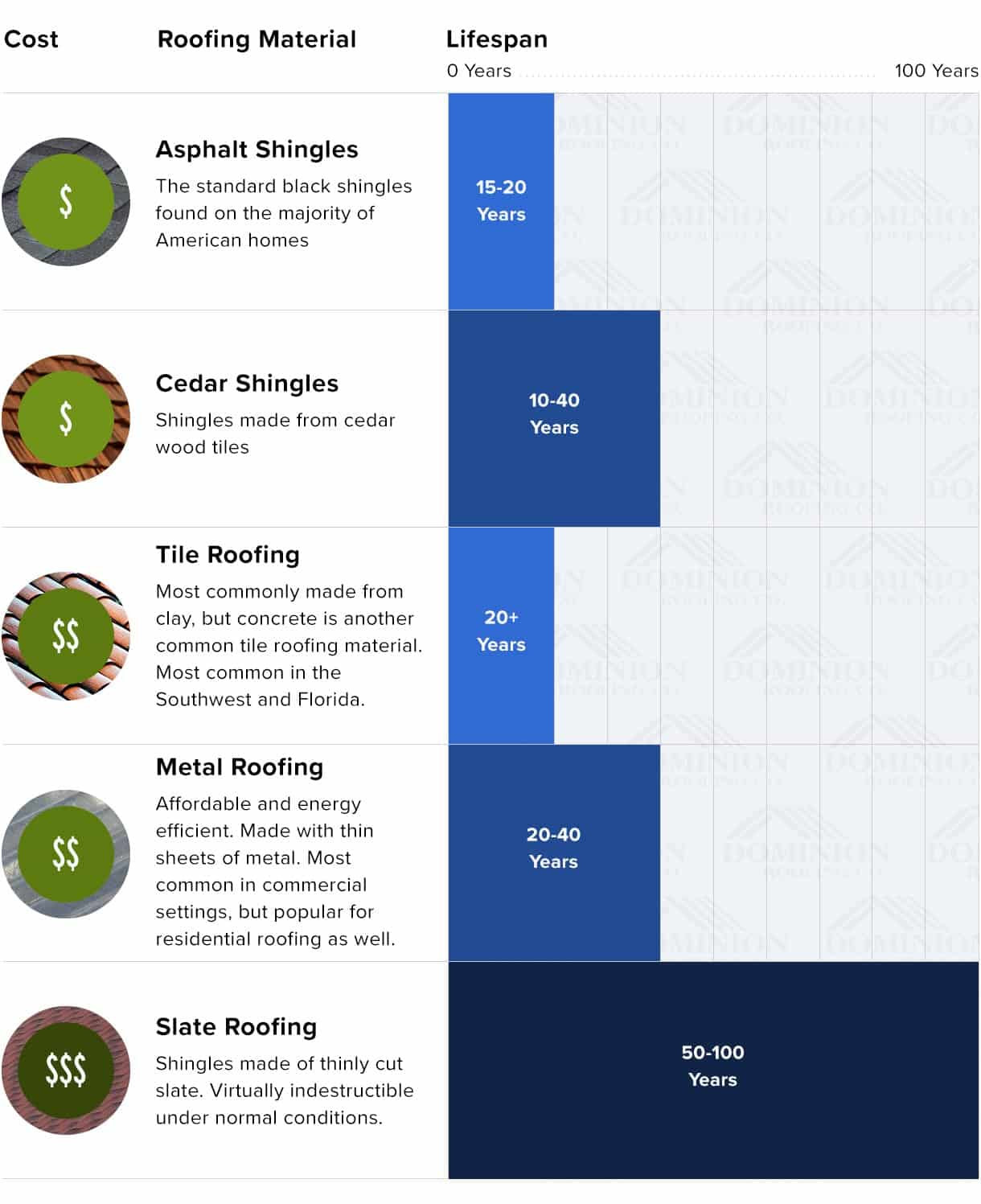The Role Of Roof Covering Ventilation In A Successful Installation
The Role Of Roof Covering Ventilation In A Successful Installation
Blog Article
Team Author-Morrow Iversen
When you're dealing with a roof project, you may not believe much regarding roofing air flow, yet it's more vital than you understand. Efficient ventilation assists manage temperature level and dampness in your attic, protecting against problems like mold and mildew and architectural damage. By comprehending just how to create and install a balanced air flow system, you can enhance power efficiency and prolong the life-span of your roof covering materials. So, what are the crucial elements to consider during installment that can make all the difference?
Relevance of Roofing Ventilation
Roofing system ventilation plays an important function in keeping the overall wellness of your home. By allowing fresh air to flow through your attic room, it assists regulate temperature level and wetness levels. This equilibrium is important to prevent warmth build-up throughout hot months, which can lead to increased energy costs as your a/c works overtime.
Additionally, proper air flow significantly lowers the risk of moisture-related issues like mold and mildew and mold. If moisture degrees increase, your home's architectural honesty can be jeopardized, leading to pricey repair services. You wouldn't wish to deal with deteriorating timber or distorted roofing products, right?
Furthermore, ample ventilation expands the lifespan of your roof. When warmth and moisture are kept in check, your roof covering can execute ideally, stopping early deterioration. This implies less headaches and expenses down the line.
Just How Roof Air Flow Functions
Efficient roofing system ventilation relies upon the natural movement of air to develop a balance between consumption and exhaust. When you mount vents, you're essentially enabling fresh air to enter your attic room while enabling hot, stagnant air to leave. This process aids manage temperature and dampness degrees, stopping issues like mold development and roof covering damages.
roof and gutter cleaning , typically discovered at the eaves, pull in amazing air from outdoors. Meanwhile, exhaust vents, located near the ridge of the roof, let hot air rise and departure. The difference in temperature level produces a natural airflow, referred to as the pile result. As cozy air rises, it creates a vacuum that pulls in cooler air from the lower vents.
To optimize this system, you require to guarantee that the intake and exhaust vents are appropriately sized and positioned. If the intake is limited, you won't achieve the preferred ventilation.
Furthermore, not enough exhaust can catch heat and wetness, leading to potential damages.
Secret Installment Considerations
When installing roofing system ventilation, numerous crucial considerations can make or damage your system's performance. Initially, you require to evaluate your roofing system's design. The pitch, form, and materials all influence airflow and ventilation selection. Make certain to pick vents that match your roofing type and local environment conditions.
Next off, think about the placement of your vents. Preferably, you'll want a well balanced system with intake and exhaust vents positioned for optimal air movement. Place intake vents low on the roof covering and exhaust vents near the height to encourage a natural flow of air. This setup helps stop wetness build-up and promotes energy performance.
Do not forget insulation. Appropriate insulation in your attic stops warmth from getting away and maintains your home comfortable. Guarantee that insulation doesn't block your vents, as this can hinder air flow.
Finally, think about maintenance. Select ventilation systems that are easy to access for cleaning and examination. Regular upkeep guarantees your system remains to operate efficiently in time.
Final thought
Finally, roofing air flow is vital for a successful installment. By ensuring appropriate airflow, you can protect against warm accumulation and wetness concerns that cause pricey damage. When you strategically placement intake and exhaust vents, you enhance power effectiveness and lengthen the lifespan of your roofing system. Keep in mind, a well-ventilated roof not only secures your investment but additionally enhances your interior air quality. So, Learn Additional on air flow to guarantee a resistant and cost-effective roof for your home.
